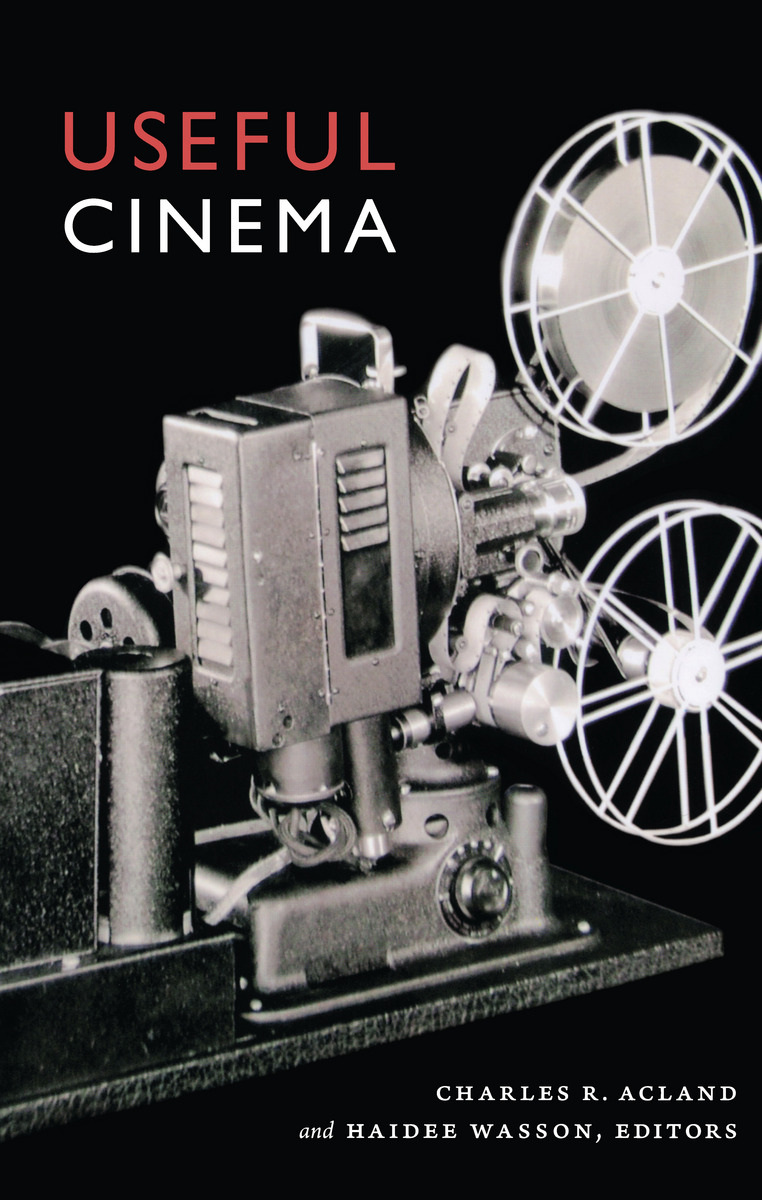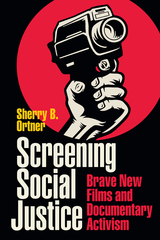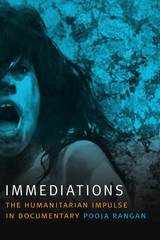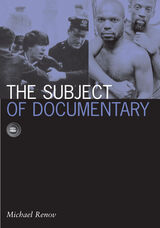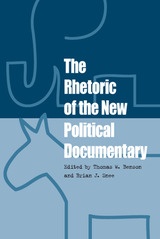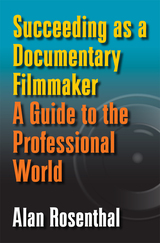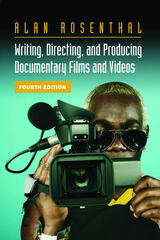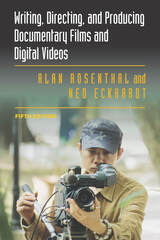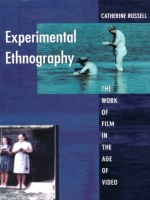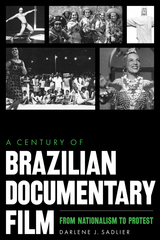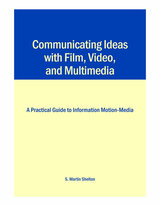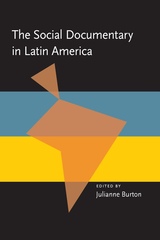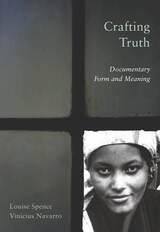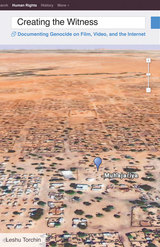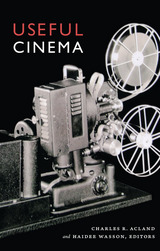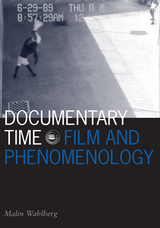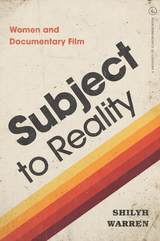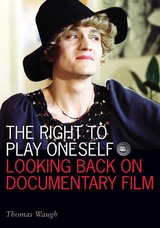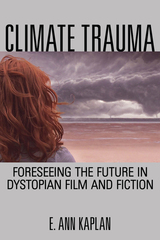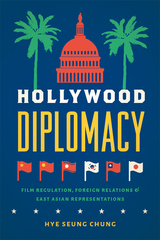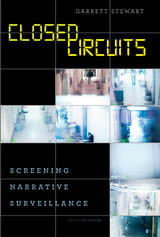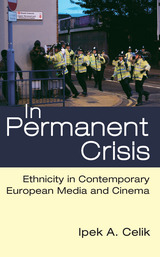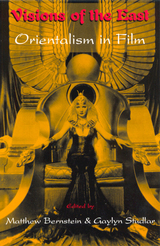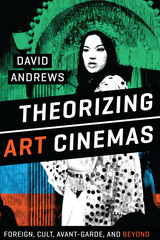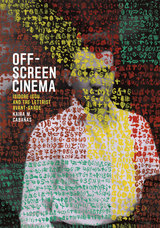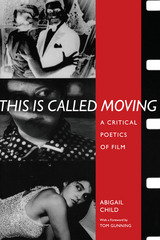Useful Cinema
Duke University Press, 2011
Paper: 978-0-8223-5009-5 | Cloth: 978-0-8223-4997-6 | eISBN: 978-0-8223-9416-7
Library of Congress Classification PN1995.9.D6U84 2011
Dewey Decimal Classification 070.18
Paper: 978-0-8223-5009-5 | Cloth: 978-0-8223-4997-6 | eISBN: 978-0-8223-9416-7
Library of Congress Classification PN1995.9.D6U84 2011
Dewey Decimal Classification 070.18
ABOUT THIS BOOK | AUTHOR BIOGRAPHY | REVIEWS | TOC | REQUEST ACCESSIBLE FILE
ABOUT THIS BOOK
By exploring the use of film in mid-twentieth-century institutions, including libraries, museums, classrooms, and professional organizations, the essays in Useful Cinema show how moving images became an ordinary feature of American life. In venues such as factories and community halls, people encountered industrial, educational, training, advertising, and other types of “useful cinema.” Screening these films transformed unlikely spaces, conveyed ideas, and produced subjects in the service of public and private aims. Such functional motion pictures helped to shape common sense about cinema’s place in contemporary life. Whether measured in terms of the number of films shown, the size of audiences, or the economic activity generated, the “non-theatrical sector” was a substantial and enduring parallel to the more spectacular realm of commercial film. In Useful Cinema, scholars examine organizations such as UNESCO, the YMCA, the Amateur Cinema League, and the Metropolitan Museum of Art. They also consider film exhibition sites in schools, businesses, and industries. As they expand understanding of this other American cinema, the contributors challenge preconceived notions about what cinema is.
Contributors. Charles R. Acland, Joseph Clark, Zoë Druick, Ronald Walter Greene, Alison Griffiths, Stephen Groening, Jennifer Horne, Kirsten Ostherr, Eric Smoodin, Charles Tepperman, Gregory A. Waller, Haidee Wasson. Michael Zryd
Contributors. Charles R. Acland, Joseph Clark, Zoë Druick, Ronald Walter Greene, Alison Griffiths, Stephen Groening, Jennifer Horne, Kirsten Ostherr, Eric Smoodin, Charles Tepperman, Gregory A. Waller, Haidee Wasson. Michael Zryd
See other books on: Acland, Charles R. | Documentary films | Film | Nonfiction films | Wasson, Haidee
See other titles from Duke University Press
